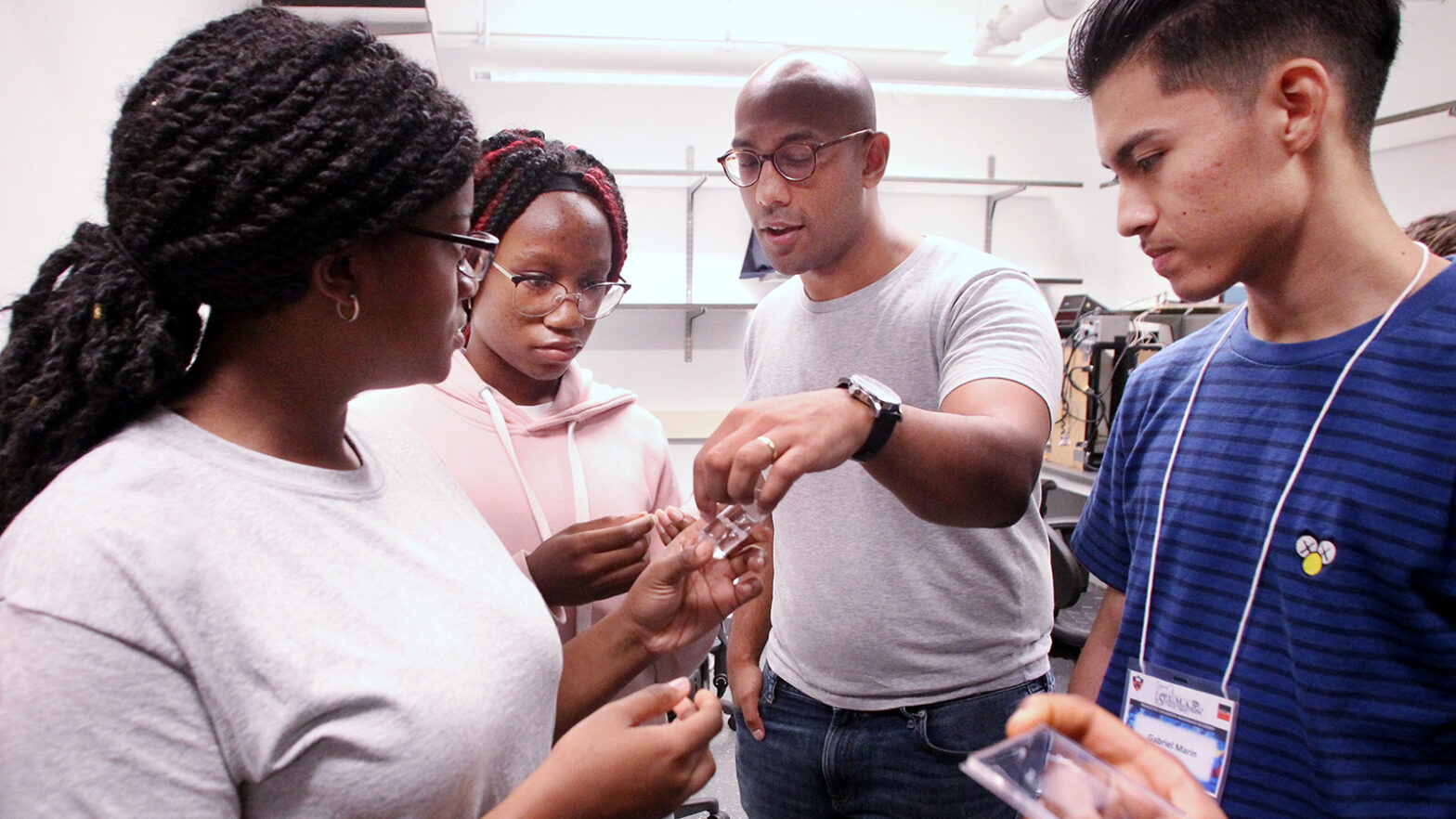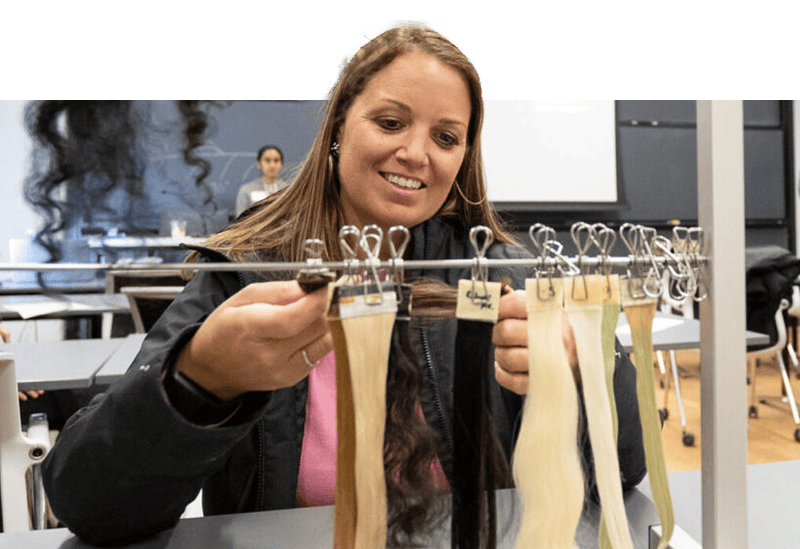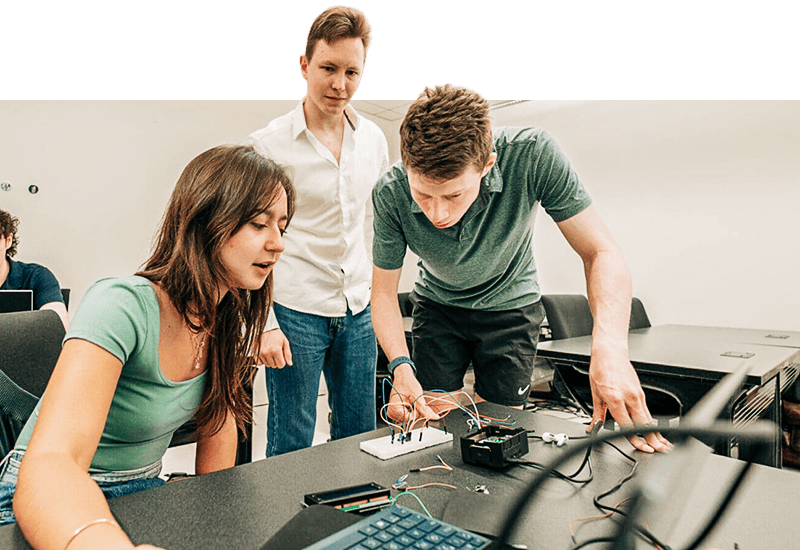Researchers in Datta’s chemical and biological engineering lab create and experiment with these “squishy materials” using 3-D printers and specialized microscopes -work that’s ideal “if you like building stuff,” graduate student Christopher Browne told the visiting students.
The high schoolers toured the lab as part of the Princeton University Materials Academy (PUMA), a three-week program held from July 8-25. Offered each summer since 2002 by the National Science Foundation-supported Princeton Center for Complex Materials (PCCM), PUMA brings students from underrepresented backgrounds to Princeton for a deep dive into the world of materials science and the culture of academic research.
PUMA offers students “a window into what life is like working at the frontier of research,” said Ali Yazdani, the director of PCCM and Princeton’s Class of 1909 Professor of Physics. “For the past 17 years, the PUMA program has had a significant impact in propelling students in their careers,” including boosting graduation and college participation rates.
This year, 15 students from Trenton, Hamilton and Princeton learned about the history of materials used for information storage, from clay to computers. In addition to participating in coursework, independent projects and lab tours, the PUMA students met with undergraduate and graduate students for conversations about career paths in science and engineering.
While the curriculum and instructors change from year to year, “the focus is always on the science that’s happening here at Princeton, and on showing the students that Princeton and academia and science are welcoming places for them,” said Daniel Steinberg, a science and engineering outreach specialist at PCCM.
Steinberg worked with Princeton High School science teacher Joy Barnes-Johnson, who served as PUMA’s lead teacher for the second year in a row, to adapt this summer’s lessons from the course “Impact of Materials on Society” developed by the Materials Research Society. The curriculum is also guided by the United Nations’ Sustainable Development Goals, which provide a framework for students to connect science with global issues – a key part of PUMA’s mission.
“I want to make sure students recognize that science, technology, engineering and math do not come without attention to who they are as human beings,” said Barnes-Johnson, who has also worked as a curriculum developer with New Jersey’s GEAR UP, a college-readiness program aimed at low-income students. “PUMA is a great opportunity to have all the disciplines in the sciences come together under an umbrella that connects to the human.”
Renae Manahan, a rising 11th-grader at Nottingham High School in Hamilton, New Jersey, said the PUMA program gave her “a broader idea” of what science is. “It’s not just about math and formulas and data,” she said. Manahan added that while she is currently interested in a medical career, she found it valuable to hear from Princeton students who spoke about college as a time to explore different fields and career options.
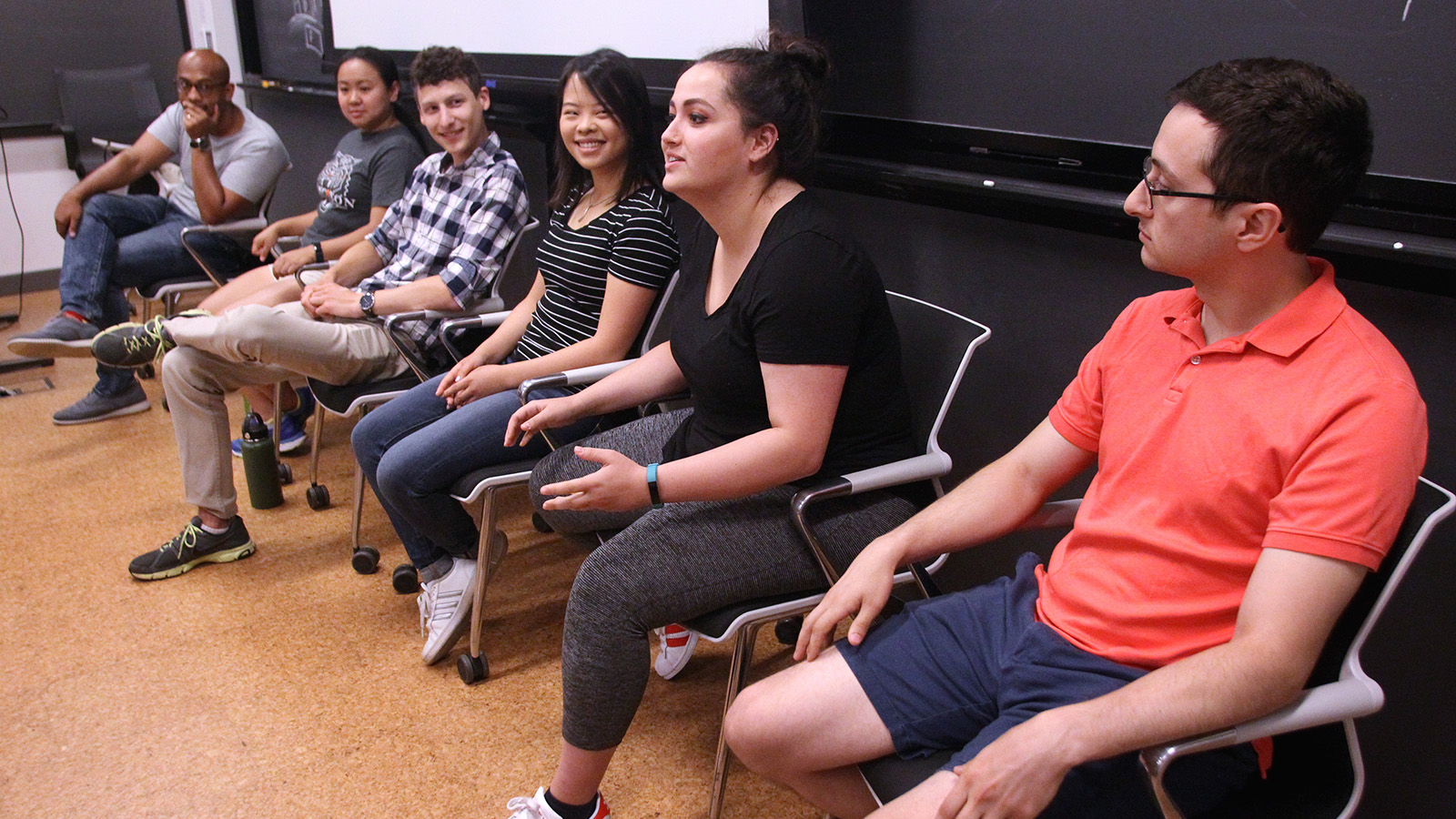
In addition to touring the lab, PUMA students participated in a panel discussion with members of Datta’s research group, who shared their own stories of “how we got to where we are.” Datta himself, for example, began college as a philosophy major and was later inspired by a physics course; graduate student Joanna Schneider planned a performing arts career before switching her focus to engineering.
Graduate students emphasized the differences between undergraduate and graduate study: Graduate students’ work is largely self-driven, creative and ultimately, deeply fulfilling: “You get paid to learn,” said Browne, who is three years into his graduate work in the Datta lab.
Building on this idea, Barnes-Johnson told the students, “Being paid to learn is a profound opportunity. Your life in your neighborhood and your life with your family can take on new shape and new meaning, as you become part of a global conversation in a very narrowly focused field.”
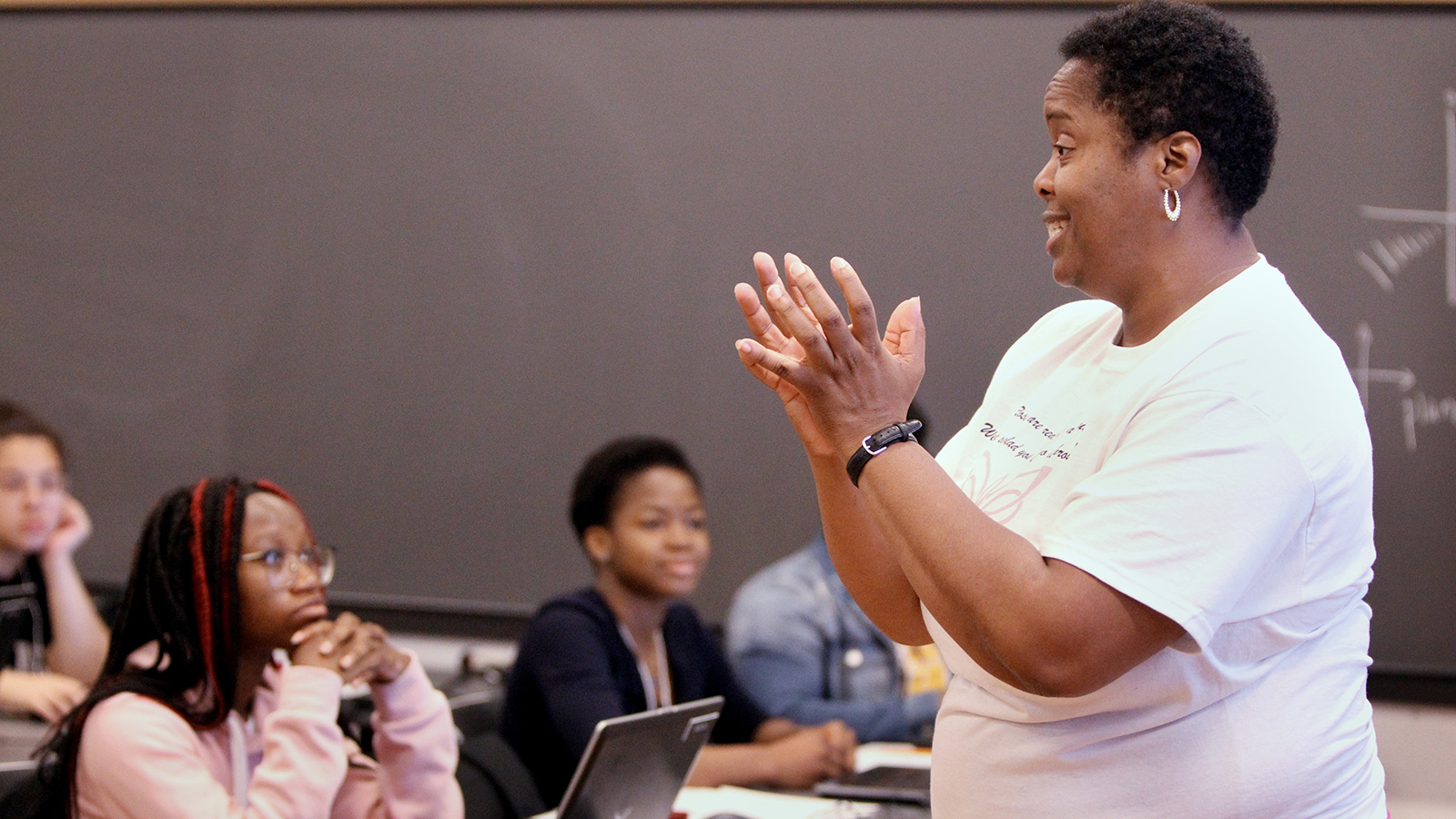
The PUMA students completed group research projects driven by their own interests and inspired by the work of the program’s guest scientists. One group investigated the potential of polymer gels like those used in Datta’s research to serve as portable bedding materials. After a visit from an engineer at Google, another group chose to examine the mechanisms of information-sorting software. The students presented their work to family and friends on the last day of the program.
“PUMA is not like a regular classroom,” said Gabriel Marin Carabajo, a rising 11th-grader at Foundation Collegiate Academy in Trenton, New Jersey. “You actually get to experience what science is firsthand. You get to go to labs. You get to have lectures from real college teachers. You see how science and math make a change in the world, and how you could make a change in the world in the future.”
PUMA is one of more than a dozen education and outreach programs presented each year by PCCM, which brings together more than 30 faculty from six departments in the natural sciences and engineering. Established in 1994, PCCM is one of 20 Materials Research Science and Engineering Centers supported by the National Science Foundation. Along with advancing materials science research, improving STEM awareness, diversity and accessibility are major goals for each of the centers.
